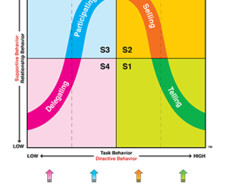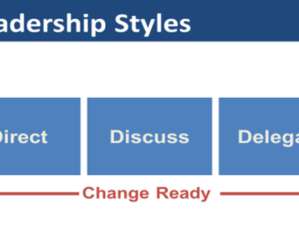Four Examples of Situational Leadership®
The Center For Leadership Studies
JUNE 8, 2023
Perhaps you are familiar with the Situational Leadership ® Model but could use a quick refresher to refine your understanding. Or perhaps you have never heard of the Situational Leadership ® Model but are interested in learning whatever you can about viable methodologies with proven track records for developing leaders.















Let's personalize your content